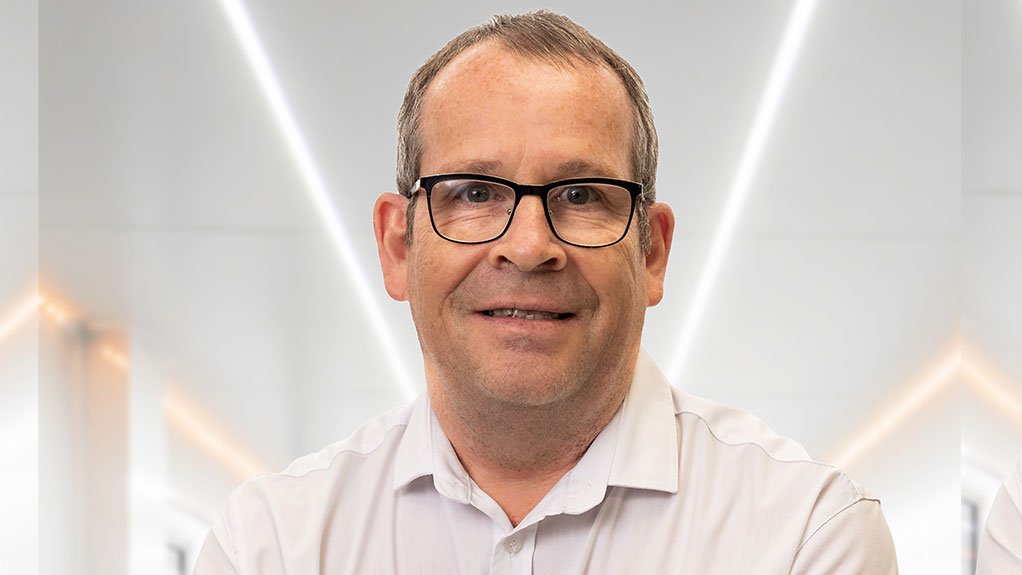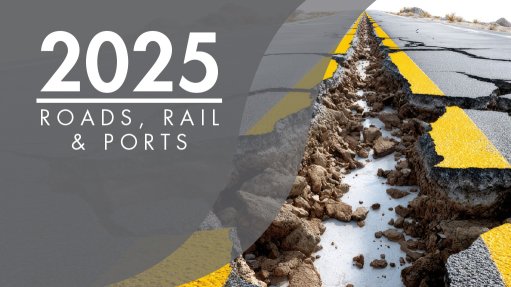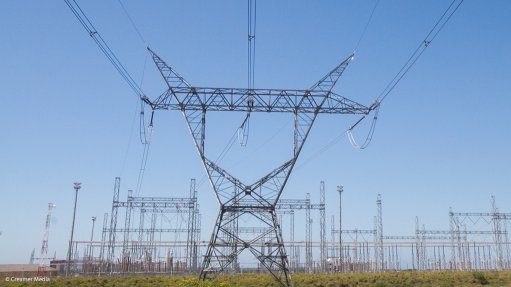Hot data centres fast-track innovation in cooling systems
5G, AI and the future requirements of quantum computing are driving up heat in data centres, leading to significant innovation and new skills required in the data centre cooling sector.
This is according to data centre operator Digital Parks Africa (DPA) head of business development Eckart Zollner, who says liquid cooling systems have emerged as an important component of modern data centre design.
“One of the key components in the design and operation of data centres is the cooling system used to provide an optimal operating environment for the server, storage and networking technologies that are deployed inside our data centres. Traditional cooling systems can account for up to 30% to 40% of a data centre's total electricity consumption. Therefore, in order to minimise and optimise operating costs, the efficiency of these cooling systems is of primary importance, ” Zollner explains.
Traditional systems rely on forced air-cooling incorporating chiller technology such as air-conditioners, evaporative coolers or adiabatic coolers. To optimise the effectiveness of such cooling systems, the operating environment has been adapted for best performance by implementing dedicated underfloor air-flow systems, cold aisle containment or in-row coolers to optimise the direction of cold airflow towards the heat source to be cooled.
Owing to the ever-increasing densification of silicone chip technology and increases in computing power, the waste heat generated by such high-performance chipsets has increased to such a degree that air cooling is no longer able to handle the required heat transfer ratio to maintain an optimal operating environment.
This has given rise to the development of numerous forms of liquid cooling technologies that are specifically engineered for data centre deployments.
“Liquid cooling systems exponentially increase efficiency, as water on its own already has an increased heat transfer capacity of almost five times when compared to air. Modern synthetic engineered fluids can even produce a heat transfer capacity more than 1 000 times that of air,” Zollner says.
Liquid Cooling Evolves
A number of liquid cooling systems have emerged over the past decade, from water-cooled rear cabinet door heat exchangers, to direct-to-chip liquid cooling circuits and direct liquid full immersion systems.
Zollner says these types of liquid cooling systems are designed to dissipate increased heat load from IT server racks, and each of these technologies has a different upper level to the heat load per rack that it can dissipate.
“Standard rear door heat exchangers, for instance, will allow a power density up to about 60 kW per rack to be cooled, whilst direct-to-chip cooling technology will cater for a power density per rack of up to about 90 kW and liquid immersion cooling for a rack power density up to 300 kW,” he says.
Addressing concerns about water usage, particularly in a water-scarce country, he notes that commonly used water-based cooling is fortunately a closed loop system. In this system, water with additives is circulated through equipment, cooled in a heat exchanger, and recirculated, mitigating the impact on local water resources. “Evaporative cooling systems using a fine mist to remove heat could be a challenge for water scarce countries, but closed loop systems are suitable for use in such regions,” he says.
He adds that the emergence of engineered liquid cooling brings to the sector extraordinary synthetic fluids that are non-conductive, non-corrosive, environmentally and human friendly. “This technology offers fluids that coexist with electronic circuitry, and you can actually immerse the devices in them,” he says.
While liquid cooling offers superior heat transfer capabilities, capable of meeting current needs, quantum computing will bring with it new requirements, he adds. “Quantum computing requires the environment to be cooled to near absolute zero, which is achieved with helium gas products in purpose-made vessels."
Adapting to New Technologies
Zollner notes that each of these technologies introduces a fundamental shift to the infrastructure requirements of a data centre, bringing with it new complexities, potential weaknesses and additional maintenance and operational requirements.
“Data centre design and operations personnel have to become upskilled in new disciplines such as fluid dynamics, pumping and reticulation systems,” he says.
“These technologies have already been in operation for a number of years, and it is foreseen that the shift to these new technologies will grow significantly in phases over the next ten years as new high technology computer systems are introduced into our data centres. This means that these systems will need to be able to co-exist next to traditional air-cooled systems throughout our modern data centres.”
Article Enquiry
Email Article
Save Article
Feedback
To advertise email advertising@creamermedia.co.za or click here
Comments
Announcements
What's On
Subscribe to improve your user experience...
Option 1 (equivalent of R125 a month):
Receive a weekly copy of Creamer Media's Engineering News & Mining Weekly magazine
(print copy for those in South Africa and e-magazine for those outside of South Africa)
Receive daily email newsletters
Access to full search results
Access archive of magazine back copies
Access to Projects in Progress
Access to ONE Research Report of your choice in PDF format
Option 2 (equivalent of R375 a month):
All benefits from Option 1
PLUS
Access to Creamer Media's Research Channel Africa for ALL Research Reports, in PDF format, on various industrial and mining sectors
including Electricity; Water; Energy Transition; Hydrogen; Roads, Rail and Ports; Coal; Gold; Platinum; Battery Metals; etc.
Already a subscriber?
Forgotten your password?
Receive weekly copy of Creamer Media's Engineering News & Mining Weekly magazine (print copy for those in South Africa and e-magazine for those outside of South Africa)
➕
Recieve daily email newsletters
➕
Access to full search results
➕
Access archive of magazine back copies
➕
Access to Projects in Progress
➕
Access to ONE Research Report of your choice in PDF format
RESEARCH CHANNEL AFRICA
R4500 (equivalent of R375 a month)
SUBSCRIBEAll benefits from Option 1
➕
Access to Creamer Media's Research Channel Africa for ALL Research Reports on various industrial and mining sectors, in PDF format, including on:
Electricity
➕
Water
➕
Energy Transition
➕
Hydrogen
➕
Roads, Rail and Ports
➕
Coal
➕
Gold
➕
Platinum
➕
Battery Metals
➕
etc.
Receive all benefits from Option 1 or Option 2 delivered to numerous people at your company
➕
Multiple User names and Passwords for simultaneous log-ins
➕
Intranet integration access to all in your organisation





















